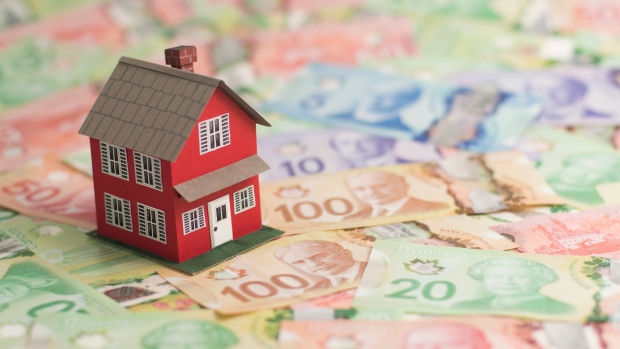Mar 20, 2020
HELOCs could be lifeline for cash-strapped retirees
By Dale Jackson

With stock markets still as much as 30 per cent below recent highs, wisdom says now is not the time to sell. But for many retirees who rely on income from their investments for day-to-day expenses, options are running low as COVID-19 continues to bring the global economy to its knees.
For the past decade, rock-bottom interest rates and paltry bond yields have been pushing many investors saving for retirement out of safe fixed-income investments into riskier dividend-paying stocks. As markets tank and dividends come under pressure, one option for retired homeowners who need to buy time is to let those rock-bottom interest rates work in their favour by borrowing from a home equity line of credit (HELOC).
Canadian households have been borrowing from the equity in their homes for years, but some consider a HELOC for emergencies only. For those in that camp, It doesn’t get more urgent than this.
In an effort to prevent the global economy from coming to a screeching halt, central banks have been slashing their trend-setting rates and injecting liquidity into the markets, driving HELOC rates to new lows.
In Canada, the prime lending rate for the big Canadian banks has fallen to 2.95 per cent. HELOC rates, like most variable-rate loans, are tied to the prime interest rate. According to Ratehub.ca, HELOCS are currently as low as prime plus 0.3 per cent or 3.25 per cent.
A secured line of credit could be the best short-term option for many retirees regardless of the rate. Assuming there will be more clarity in the equity markets in the next few months, and stocks will regain at least some lost ground, there’s little time for interest on the debt to compound before it can be repayed.
A HELOC is a revolving line of credit secured by your home. Homeowners can access up to 65 per cent of their home’s value. Homeowners can pay back however much they want, whenever they want, as long as it covers the interest costs.
If you don’t already have a HELOC, it might take time to establish one. It usually involves a legal fee and costs for a home appraisal. In some cases, the lender will pick up some of the costs, and that’s why it’s always good to have a solid relationship with your bank. Banks are flush with cash right now and most have offered to work with customers who have been negatively affected by the pandemic fallout through measures such as mortgage deferrals. It might be a good idea to check out going HELOC rates online and try to persuade your bank to match the lowest ones. After all, it’s in their best interest to keep their clients afloat.
One word of warning though: because interest rates on HELOCs are variable, they can change as prime rates change. Banks understand rates will be low for a long time and might be pushing customers to lock into long-term fixed rates. If you are debt-free in retirement and wish to return to being debt-free, don’t be swayed by a lower fixed rate. The penalty for paying it off early could outweigh the savings.
A HELOC is similar, but not the same, as a reverse mortgage. Reverse mortgages are available in variable or fixed-rate terms and payments (interest or principal) are not required. But reverse mortgages often result in higher administration costs and less flexibility. Reverse mortgages are better suited for someone who needs a long-term source of income.
For the disciplined borrower, it’s always a good time to have a HELOC. It’s the best way for most people to access low-cost cash quickly when opportunities arise – or for the next emergency.
Payback Time is a weekly column by personal finance columnist Dale Jackson about how to prepare your finances for retirement. Have a question you want answered? Email dalejackson.paybacktime@gmail.com.







